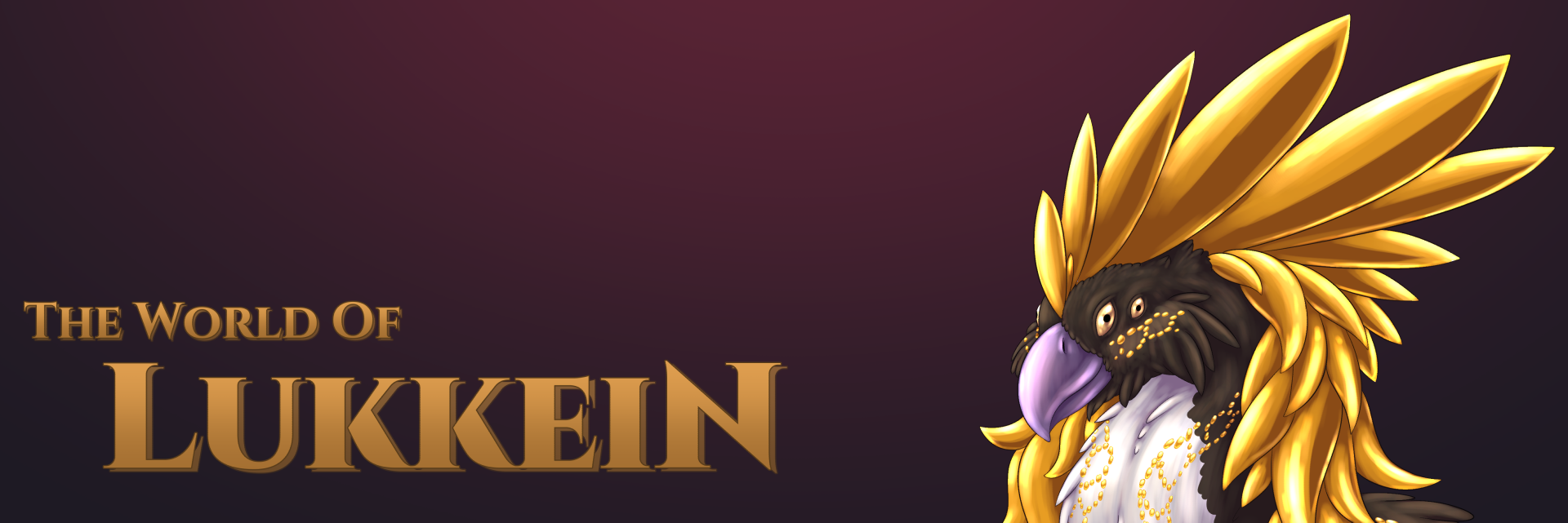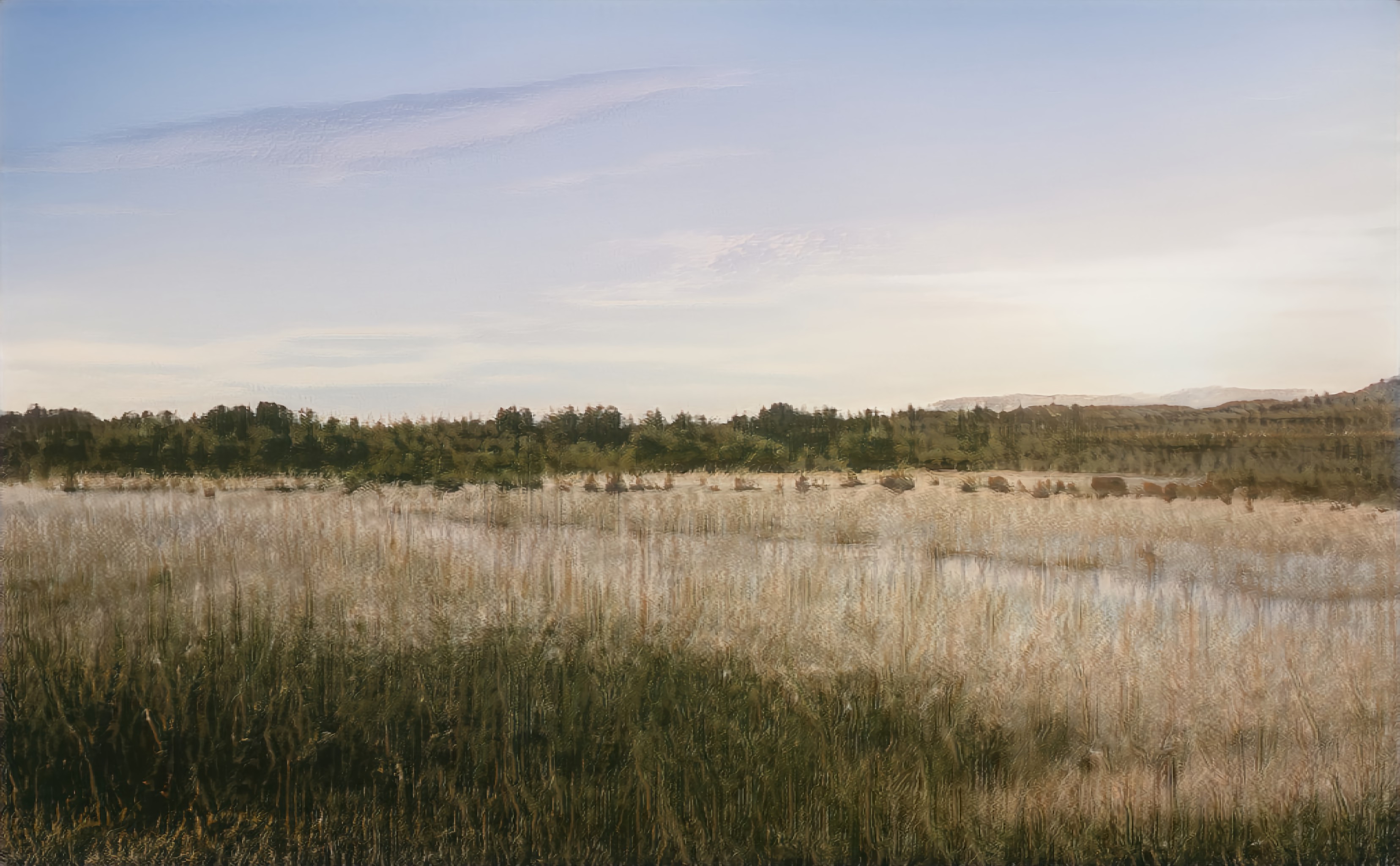Wetermire
Miles upon miles of flat, marshy... marsh.
The wide open lands to the south and east of St Llewelyn are a vast expanse of waterlogged peat bogs and mires. One can travel to the centre of the Wetermire and see nothing but the water-reed and moss covered mire stretching all the way to the horizon in every direction. The water level varies over the year, with many of the smaller shallow pools and ponds drying up in the dry season, and the entire area flooding and submerging during the short monsoon season.
Wetermire Broads
We once believed these canals to be natural, but it turns out the natives really like their peat.
Some of the deepest parts of the peat bogs have begun to undergo coalification, the peat compressing and forming into a crude form of lignite coal. The native Siimei once set up their camps in this region with the intent to harvest this crude lignite coal from beneath the deep peat deposits as a convenient source of fuel. When the entire region began to subside and flood roughly 250 standard years before humanity first made planetfall, the pits and carved passages through the region filled with water to form a vast network of myriad shallow lakes and narrow canals and were named the "Wetermire Broads" by surveyors during the founding of St Llewelyn. The native Siimei tribes still make use of the Broads, having charted all the navigable passage ways through the region. Small boats and barges with shallow drafts can frequently be seen travelling up and down the canals, pushed by long poles and sweeps, or by catching the breeze in brightly dyed sails. Some Siimei go fishing in these waters, while others are merchants who transport their merchandise between the settlements of St Llewellyn and St Padrig, and their permanent village of Camp Kuwanwei. Peat and lignite coal is still harvested on a small scale in some of the raised, marginally dryer areas with the aid of windmill driven pumps. This work is seasonal, and the pits are abandoned when the entire Wetermire floods during the monsoon season.
Ecology
The Wetermire is primarily covered by semi-aquatic mosses, water-reeds, and a variety of low leafy shrubs that appear to be related to the mangroves of the southern Chrome Mangal. Various species of Lukkein and other native fauna make their homes and nests in the shallow waters and among the reed beds. A few Terran species of waterfowl have been introduced in recent years, which are considered to be invasive pests that threaten the delicate balance of native species of this part of Mundda.




Comments